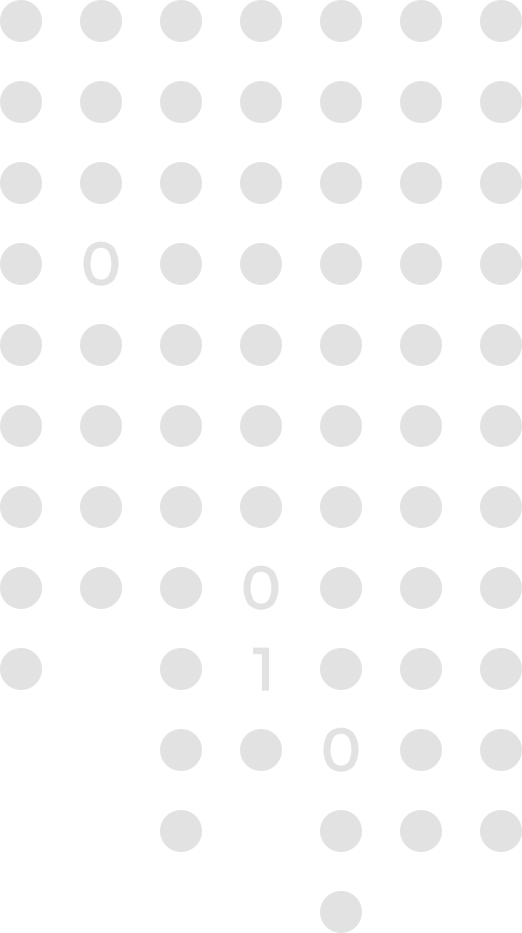
Associations AutomationML e.V., IDTA, OPC Foundation and VDMA publish a joint target vision and recommendations for action for industrial interoperability
The associations AutomationML e.V., Industrial Digital Twin Association (IDTA), OPC Foundation and VDMA announce the publication of a jointly prepared discussion paper on the topic of “Interoperability with AutomationML, the Asset Administration Shell, OPC UA including Companion Specifications”. The German paper is available for download from the respective organisations.
Companies are seeking solutions for the implementation of Industrie 4.0. From the associations’ point of view, proprietary and closed interoperability solutions are hardly sustainable in the long term. In particular, AutomationML, the Asset Administration Shell (AAS), as well as OPC UA with its associated information models (OPC UA Companion Specifications) AutomationML are considered Industrie 4.0 key technologies, are recommended by Plattform Industrie 4.0 and offer comprehensive concepts for unified digital interoperability between Industrie 4.0-capable machines and systems throughout their entire life cycle.
The discussion paper was developed by the associations AutomationML e.V., IDTA, OPC Foundation and VDMA together with experts from industrial companies Microsoft, KUKA and Siemens to provide orientation and recommendations for action. It is targeted at decision-makers, strategists and experts in companies who are striving to make their own value creation systems future-proof in the sense of Industry 4.0. It describes a target vision or a “Big Picture Interoperability” that shows how the technologies mentioned fit together, complement each other and how interoperability across domains can be achieved through combined application in industrial automation. Furthermore, the discussion paper addresses concrete recommendations of action to developers and users of interoperable system solutions and provides orientation for the use of the technologies listed.
The associations and organisations in this discussion paper express their commitment to cooperate in order to avoid double standardisation for the benefit of their members and the whole industry. The associations, academia and the industry are invited to further refine and improve the presented Big Picture Interoperability.
